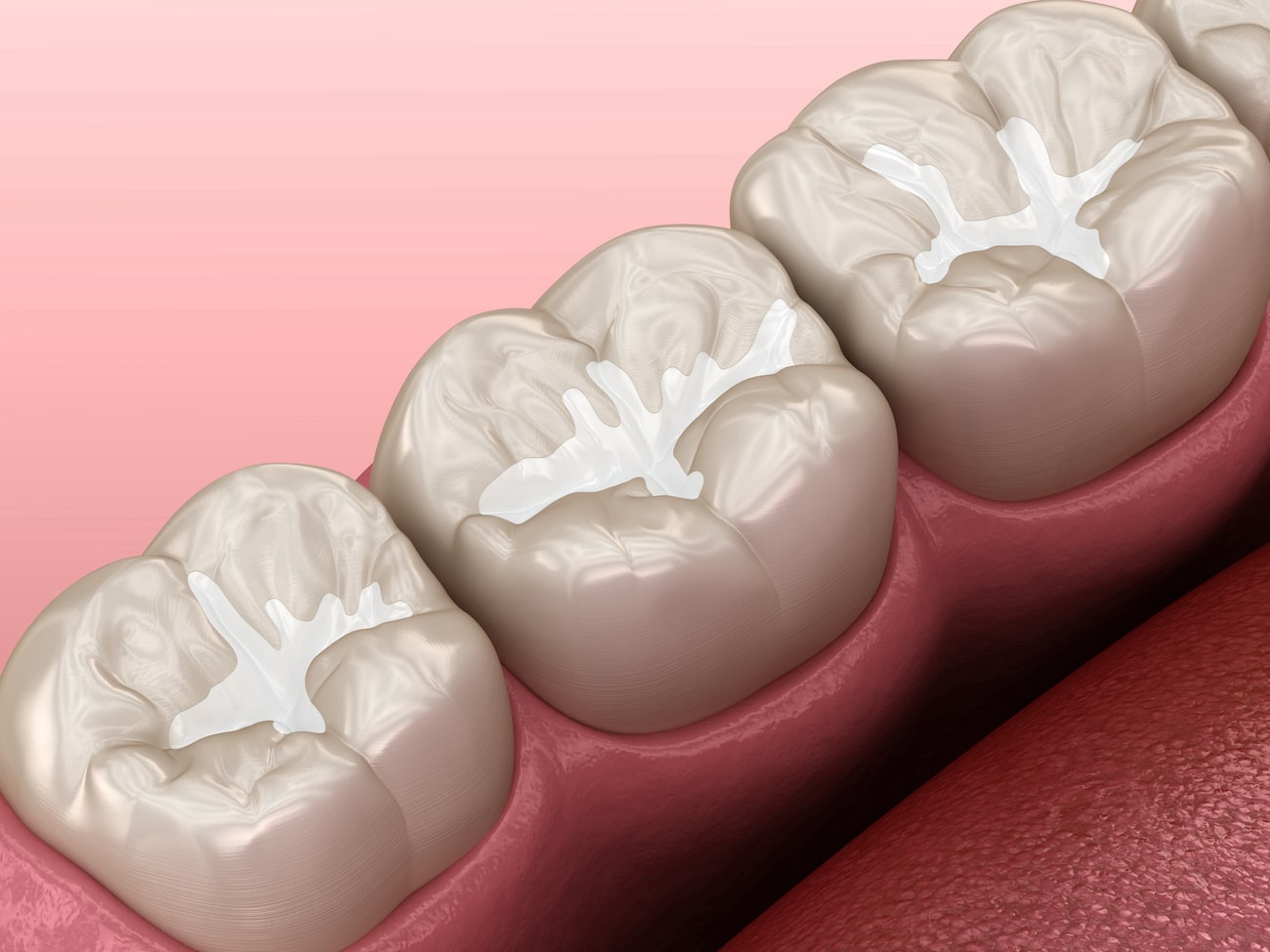Call: (630) 812-7929
How Dental Sealants Prevent Cavities: A Comprehensive Guide


Are you tired of constantly battling cavities? Brushing and flossing are essential for good oral hygiene, but sometimes they’re not enough. That’s where dental sealants come in! Dental sealants help prevent tooth decay and keep your teeth healthy and shining. But what exactly are dental sealants, how do they work, and why should you consider using them? In this comprehensive guide, we’ll answer all these questions and more to give you a better understanding of the power of dental sealants. So sit back, relax, and get ready to protect your pearly whites like never before!
What Are Dental Sealants?
Dental sealants are a preventive dental treatment that helps protect teeth from decay. These thin plastic coatings are applied to the chewing surfaces of molars and premolars, which are the back teeth most susceptible to cavities.
The process of applying dental sealants is quick and painless. First, your dentist will thoroughly clean your teeth before applying an acidic solution to roughen up the surface of each tooth. This ensures that the sealant adheres properly. Then, your dentist will paint on the liquid sealant and use a special light to harden it in place.
Once hardened, dental sealants create a barrier against harmful bacteria and acids that can cause tooth decay over time. They work by filling in deep grooves and crevices on the surface of teeth, making it harder for food particles and plaque to accumulate in these areas.
Dental sealants serve as an effective tool for preventing cavities in patients of all ages – especially children who may have difficulty brushing their back teeth thoroughly enough. While they aren’t permanent (they typically last around 5-10 years), regular check-ups with your dentist can ensure they’re well-maintained for optimal protection against tooth decay.
The Types Of Dental Sealants
When it comes to dental sealants, there are two main types: resin-based and glass ionomer. Resin-based sealants are the most common variety and consist of a liquid plastic that is applied to the teeth and then hardened with a curing light. These sealants create a protective barrier over your teeth, preventing harmful bacteria from entering.
Glass ionomer sealants, on the other hand, are made from a mixture of acrylic acid and fluoro aluminosilicate powder. This type of sealant can release fluoride over time which acts as an additional layer of protection against cavities.
There is also a newer type of dental sealant called bioactive glass or bioactive restorative material (BRM). BRMs not only prevent cavities but can also help repair damaged tooth enamel due to their ability to remineralize teeth.
While all types of dental sealants have their benefits, resin-based ones are more durable and long-lasting than glass ionomers. However, if you’re looking for added fluoride protection or want something that can help repair existing damage, then bioactive glass may be worth considering. Ultimately, it’s best to consult with your dentist about which type would be right for you based on your individual needs and oral health history.
How Do Dental Sealants Work?
Dental sealants are a popular preventive dental treatment that can help to protect teeth from decay. But how exactly do they work?
First, it’s important to understand that dental sealants are made of a thin, plastic material that is applied to the surface of the teeth. This material creates a barrier between the tooth and any harmful bacteria or food particles.
When you eat or drink anything, tiny bits of food and bacteria can get stuck on your teeth. Over time, these particles can build up and form plaque, which can lead to cavities.
However, with dental sealants in place, there is no longer direct contact between the tooth surface and these harmful agents. As such, it becomes much more difficult for plaque to accumulate on your teeth.
In addition to creating a physical barrier against decay-causing agents, some types of dental sealants also release fluoride over time. Fluoride helps to strengthen tooth enamel and make it more resistant to decay.
By providing this extra layer of protection for your teeth and helping them stay healthy over time; Dental Sealants offer an effective way of preventing cavities before they even start!
The Advantages Of Dental Sealants
Dental sealants are an effective preventive measure against cavities and tooth decay. Here are some advantages of using dental sealants:
Firstly, dental sealants offer long-term protection to your teeth. They can last for up to 10 years with proper care and maintenance.
Secondly, they provide a painless solution to safeguarding your teeth. Unlike other procedures that may require drilling or anesthesia, dental sealant application is quick, easy, and pain-free.
Thirdly, getting dental sealants is relatively affordable compared to treating cavities or undergoing more extensive therapeutic treatments in the future.
Fourthly, they help preserve the natural structure of your teeth by preventing further damage caused by bacteria and acids from food particles trapped in crevices that cannot be accessed through regular brushing alone.
Applying dental sealants does not affect the appearance of your teeth since they are clear or white-colored; therefore you can continue smiling confidently without worry about unsightly fillings or brackets on your pearly whites.
Overall, dental sealants have many benefits that make them worth considering as part of your oral hygiene routine.
How To Use Dental Sealants
Using dental sealants is a simple and painless process that can help prevent cavities in your teeth. Before applying the sealant, the dentist will first clean and dry the tooth to ensure it’s free of any debris or bacteria. Then, an acidic solution is applied to roughen up the surface of the tooth, allowing for better adhesion of the sealant.
Once the tooth has been prepared, the dentist will apply a thin layer of liquid plastic over its grooves and fissures. The plastic is then hardened using a special light, which creates a clear protective barrier on top of your tooth.
After application, it’s important to avoid eating or drinking for at least half an hour while waiting for the sealant to fully harden. Once hardened, you can resume your normal daily routine without any restrictions.
It’s worth noting that dental sealants are not permanent and may need to be reapplied every few years depending on wear and tear. Regular check-ups with your dentist can help determine when reapplication is necessary.
Incorporating dental sealants into your oral health routine is an easy way to protect against cavities and maintain healthy teeth for years to come.
The Bottom Line
Dental sealants are a highly effective way of preventing cavities and maintaining good oral health. They provide an additional layer of protection to your teeth, especially the back molars that are prone to decay.
By getting dental sealants applied at regular intervals, you can avoid costly and painful dental procedures in the future. With proper care, they can last for up to 10 years, making them a worthwhile investment in your oral health.
Remember that dental sealants should not be seen as a substitute for brushing and flossing daily or maintaining a healthy diet. Instead, they complement these practices by providing an added layer of protection against tooth decay.
If you have any questions about dental sealants or want to learn more about how they can benefit you, talk to your dentist today. Together with their guidance and expertise, you can make informed decisions about your oral health and take proactive steps toward keeping your teeth healthy for life!



